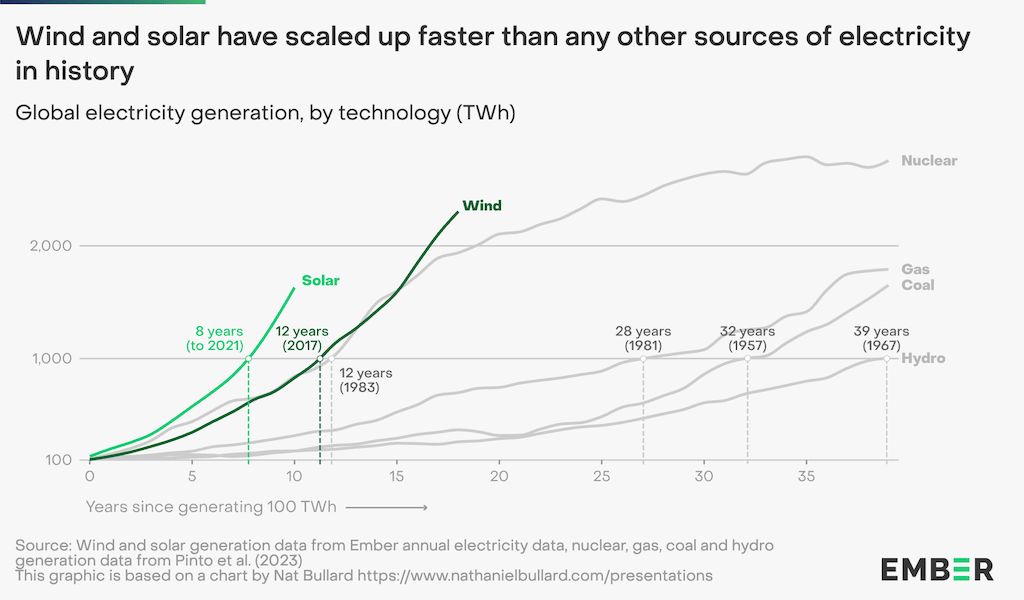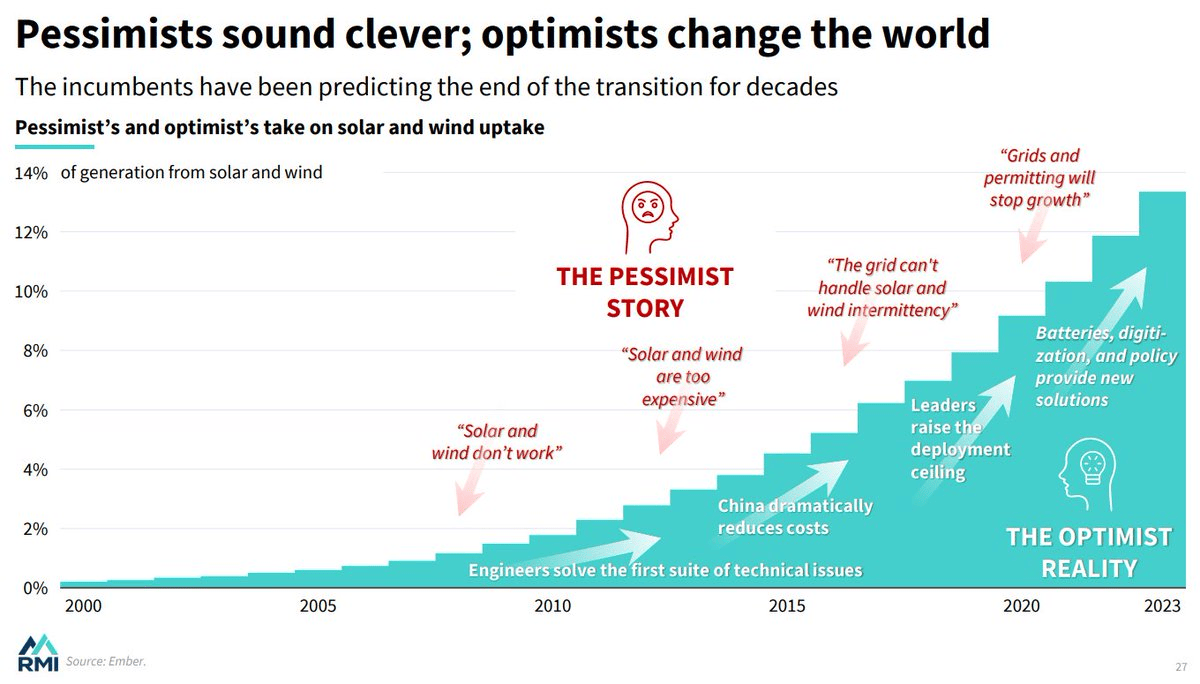This summer, I participated in the Hult Prize Challenge in Lisbon, Portugal with my team from Nanoneuro Systems. As one of three hundred University teams selected globally, we flew in to present our startup on energy-efficient computing and learn about startups from other nations.
What surprised me was the heavy focus on clean energy innovation.
While startup proposals were chosen based on their advancement of any United Nations’ SDG goals, such as eliminating hunger or promoting good health, we found that a disproportionate amount of startups focused on UN SDG 7 and 13—clean energy and climate action.
As I sit in my home in New York, I’ve come to realize that the younger generation—my generation—has taken up the lead to fight against the biggest crisis humanity has ever faced. From new quantum-chemistry-based materials to improve solar panel efficiencies to new carbon capture technologies, I’m quite frankly astounded (and proud) that we students are pioneering solutions to shape our own futures.
And what better way to shape the future than through entrepreneurship? Everyone working to combat climate change began by hoping to make a difference in this crisis. But truthfully, there are only a few places where your impact can be felt. If you really want to make an impact at scale, become an entrepreneur.
Climate startups are amassing a significant portion of venture capital capital and continue to attract more. As I’ve learned while competing in the Hult Prize, climate investment in Europe is up 10% year-over-year in 2022, while 19% of all investments made in France flowed into climate tech startups.
And back here in the U.S., the Inflation Reduction Act of 2022 presented the largest investment in climate and energy in American history. In total, 250 billion in loans for companies upgrading energy infrastructure. And just two months ago, the White House and the National Science Foundation pledged “to unleash a clean energy boom” through the Department of Energy’s EnergyTech awards, Energy Program for Innovation Clusters, and additional National Science Foundation funding.
All of this has accelerated the development of clean energy technology. The world has reached an inflection point in affordable, feasible, and scalable clean technologies—and we’re pushing full steam ahead.
Solar costs have dropped 82% (or 89% according to this report) since 2010, making solar cheaper and a better energy source in every way that matters. It is therefore not surprising that solar is growing an average of 25% year over year, while spending is up 43% year over year—becoming the fastest-growing energy source in history. My hasty napkin math tells me that 3 to 4 acres of solar are being deployed every minute. In Spain alone, I learned that total electricity provided by solar increased by 8% year over year.
The same applies to wind energy, although less dramatically.
 Source: CarbonBrief
Source: CarbonBrief
Clean energy pessimists will argue two points: (1) the recent and rapid rate of solar innovation will fade, and (2) solar and wind do not provide base-load electricity and are thus unreliable during peak energy usage.
Regarding point 1: I leave you with this chart which shows an optimist’s perspective on solar and wind uptake.

And for point 2: nuclear fission—and more excitingly, fusion—will be able to provide clean and reliable base-load electricity.
Just two months ago, the Plant Vogtle nuclear reactors became the first nuclear reactors built in over 40 years. This trend will continue as the Biden-Harris administration promises to further advance America’s clean energy future.
Heavy government and venture capital interests have also meant a substantial improvement in our development of nuclear fusion-based energy. In February 2024, scientists set a record for running a tokamak at 69 mega-joules of fusion energy for five seconds, and two months later, South Korea’s “artificial sun” set a record for sustaining plasma of 100 million degrees for 48 seconds.
Meanwhile, Fuse Energy became the first private fusion company to generate revenue when it won a US Air Force contract for nuclear effects testing, following a $78 million seed investment in 2022. For a 24-year-old immigrant to America who founded Fuse Energy when he was just 19, JC Btaiche really does embody the optimism of the up-and-coming generation of climate entrepreneurs.
Fighting against the climate crisis is hard.
Building a viable climate-tech startup is harder.
And as students, building new solar materials or energy-efficient chips sounds almost impossible.
But one day, there will be a moment where the world’s efforts and moments of defiance will have broken through. One single advancement will usher an era of abundant, affordable, and accessible clean energy for all.